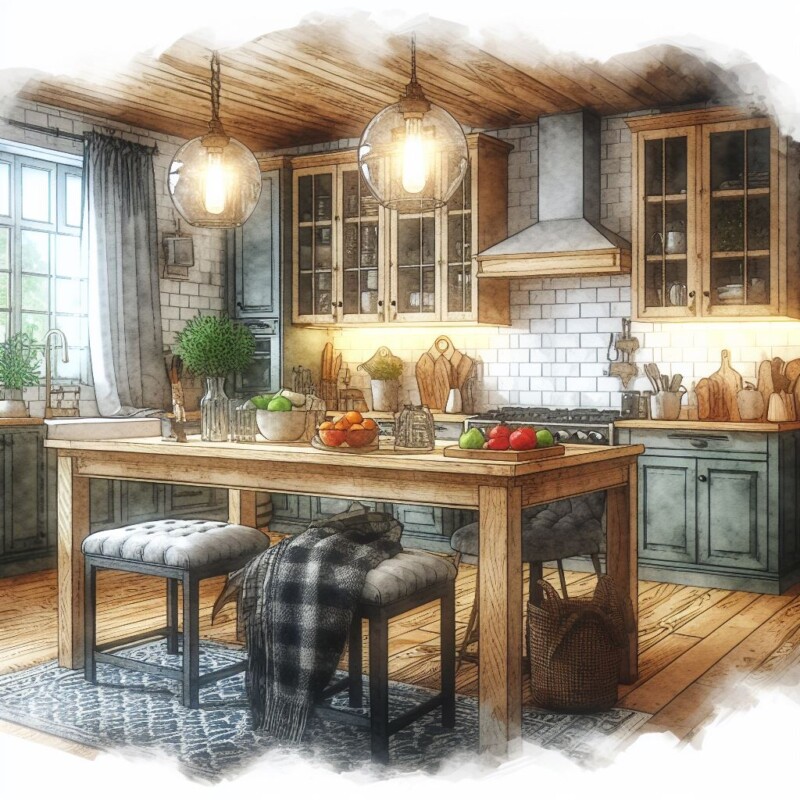Staging Your Home on a Budget: 5 Simple and Affordable Tips
Staging your home can make a big difference in how quickly and for how much you sell it. But staging doesn’t have to break the bank. There are many ways to stage your home on a budget and still look professional and appealing to potential buyers.
Here are some tips to get you started:
Declutter and Depersonalize
One of the easiest and most effective ways to stage your home is to get rid of anything that doesn’t belong or serve a purpose in the space. This includes personal items, excess furniture, seasonal decorations, and anything that might distract or confuse buyers. You want to create a clean, spacious, and neutral look that showcases the features and potential of the home.
Paint and Update Light Fixtures
A fresh coat of paint can transform any room and make it look more inviting and modern. Choose colors that complement the existing style and mood of the home, or go for a bold accent color that pops out. You can also update your light fixtures by replacing old bulbs with brighter ones, adding dimmers, or installing pendant lights over the kitchen island or dining table.
Add Some Greenery and Accessories
Plants can add life, color, and freshness to any space, especially if you don’t have much natural light or outdoor space. You can use artificial plants if you prefer, but make sure they are realistic-looking and not too large or overgrown. You can also add some accessories like pillows, throws, rugs, artwork, mirrors, candles, or vases to create some warmth and personality in the rooms.
Use Storage Solutions Wisely
Storage is essential for any home buyer who wants to see how they can use the space efficiently and comfortably. However, you don’t want to clutter up the rooms with too many boxes or bins that might hide something important or valuable in the home. Instead, use storage solutions like baskets, boxes with lids, ottomans with drawers or compartments, shelves with dividers or labels, or hooks on the wall to organize your belongings neatly and discreetly.
Hire a Professional Home Stager if Needed
If you have a lot of valuable items in your home that you don’t want to part with or if you need more expert advice on how to stage your home effectively, you might want to hire a professional stager who can help you achieve your goals within your budget.
Conclusion
Staging your home on a budget doesn’t have to be hard or expensive. By following these tips and using some creativity and common sense, you can make your home look its best for potential buyers.

